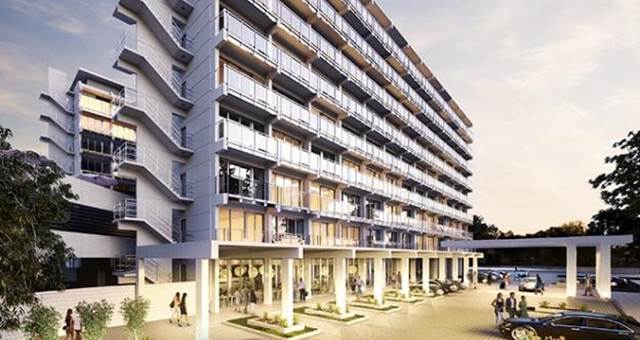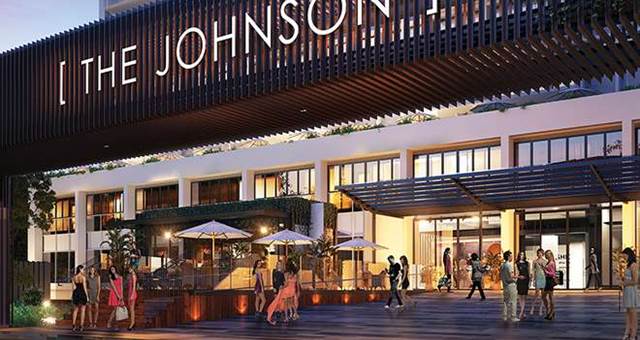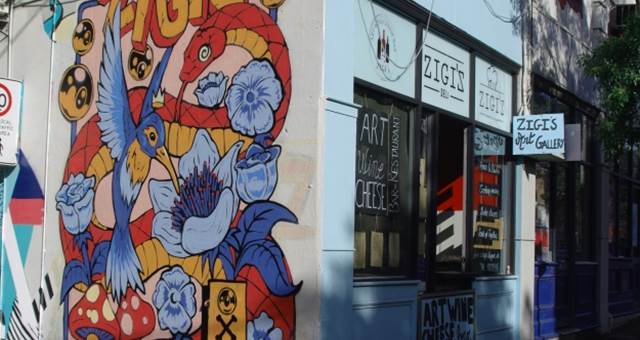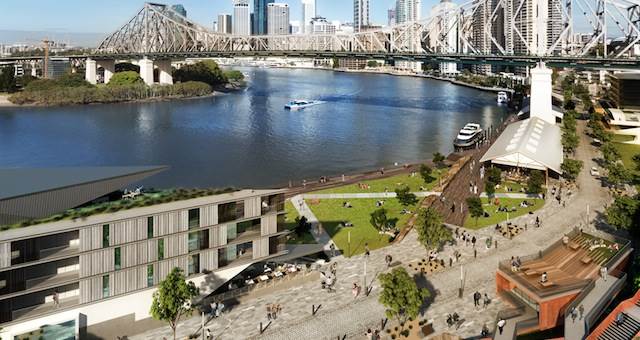
Spice caught up with event consultant Tom Rutherford to find out about the art of culinary etiquette.
Whether you’re catering dinner for 10 or a party of 500, if you’re hosting a corporate event, it’s a serious investment of both time and money. The best outcome of this investment? A room full of happy, satisfied guests.
Having organised thousands of events over the years, I’ve learned that people will forget what they saw, what speeches were made, possibly what they ate or drank, but they never forget how you made them feel. And they will remember it more if that experience was bad.
The first thing people will comment on is your hospitality. Did I get a drink when I first arrived or did I have to go searching for it? Was my drink topped up when required or did I have to flag down wait staff? Was the food tasty and could I eat it easily without fear of being lumbered with an empty utensil? Was there enough food for the occasion?
In order to make sure nothing goes wrong, you need to know what can go wrong. Here are a few ideas:
1. On arrival: Where’s my drink?
People need to be occupied to feel comfortable when they enter a function. Being occupied is as simple as having a drink in your hand. People feel more comfortable when they have a drink, (alcoholic or not) in front of their chest. This is why it’s a good idea to have drink waiters standing at the entrance with a good selection for guests to choose from. If they’re not at the entrance, they better be nearby.
2. Mingling. Where’s my next drink?
The first drink will go down quickly, so make sure you have wait staff ready to top-up glasses within a few minutes of the event starting. The only thing worse than no glass, is an empty glass to glance at every few seconds.
3. Canapés – I’m hungry!
Serve the first round of canapés quickly and at the same time as the drinks service so that people don’t compensate with a second or third drink. Take the food to the people and not the other way around, after all it’s all about service and hospitality – don’t make them hunt for it.
4. Top me up
Ensure staff is alert to any top-up or other needs, ask the staff to look around – and again – take the drinks to the people, not the other way around.
Once your guests have a couple of drinks, and a few canapés to nibble on, they’ll start to relax and mingle – their basic needs taken care of. The same principles apply once guests sit down for a meal.
There are, of course, a few considerations to make sure these things happen. First of all, that you have enough wait staff for the number of guests attending. Staffing ratios are very important, the more staff the better the service and hence the guest experience. Secondly that your staff are properly briefed and trained, and most importantly, that you have a service plan to follow.
A service plan, properly implemented, will ensure that all of this happens smoothly and there is a natural flow from the moment your guests arrive, to the moment they sit down to dine, right throughout the event. So write it down and ensure your staff is briefed on the sequence of events.
Food and beverage is often the smallest part an event’s budget, but in reality it will represent more than half the touch points for your guests – and it will be the first thing guests comment on when they depart. If the food isn’t up to scratch and the service is lacking in any way – your guests can be quite unforgiving and will remember that more than the amazing live performance or fabulous setting that most of your budget went to.




